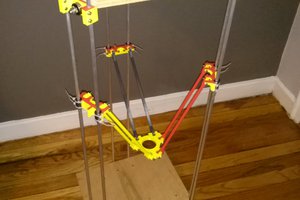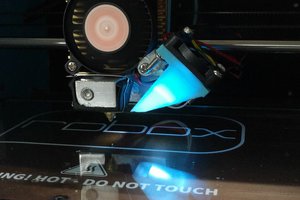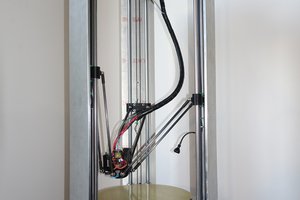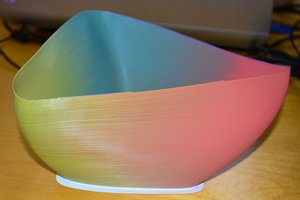This was a build first design later kind of project.
All design details will be made available - My goal is 100% open source and open hardware.
The Firmware for the moment is Marlin although I have also tried Repetier (both GPL licensed)
The design is similar to the Kossel http://reprap.org/wiki/Kossel
and the RepRap Rostock http://reprap.org/wiki/Rostock
Both are GPL licensed designs
 oneohm
oneohm



























 AndyMac
AndyMac
 Rob Ward
Rob Ward

 Daren Schwenke
Daren Schwenke